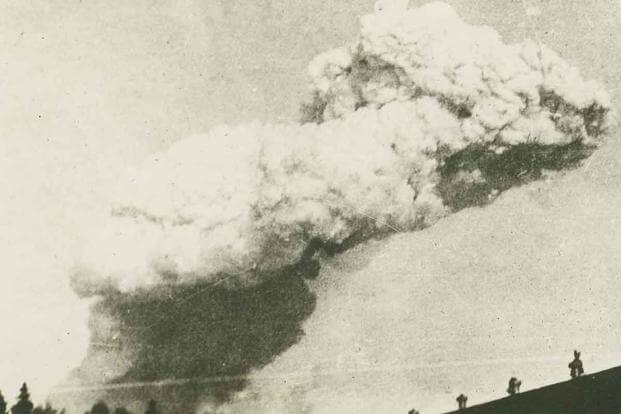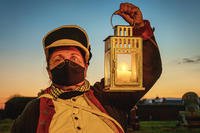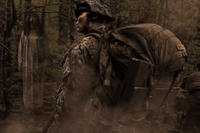Look for the helpers; they're usually the ones running toward trouble. In December 1917, the helpers were the citizens of Boston, Massachusetts.
A 2.9 kiloton explosion rocked the harbor of Halifax, Nova Scotia on Dec, 6 1917, the largest explosion ever recorded to that date. As many as 1,600 people were killed instantly and hundreds more died shortly after.
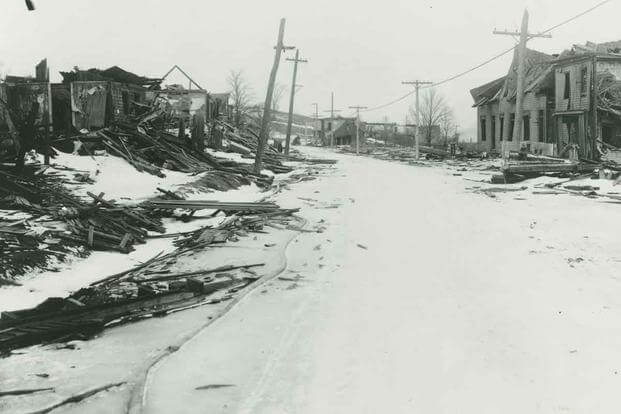
In Boston, Americans got to work on an effort to send aid as fast as possible. Once they realized what happened, they raised $1.9 million (in 2020 dollars) in an hour and a train laden with supplies and medical personnel were dispatched the next day.
The next year, as a thank you, Boston received a specially-chosen tree to celebrate Christmas from the grateful people of Halifax. That tradition was picked up in later years to honor the sacrifices of those who dispatched themselves to help their neighbors.
And the tree is the best Nova Scotia has to offer -- no small thing from our neighbors to the north.
The explosion itself was an at-home tragedy tied to World War I. By December 1917, Canada had been at war in Europe for three years. On Dec. 6, the French cargo ship Mont Blanc was carrying high-explosive munitions bound for the war in Europe and was making its way from the upper port of Halifax when it collided with a Norwegian steamer.
Ships colliding isn't what caused the blast. The collision didn't even cause that much damage to either ship. It did cause barrels of fuel on the deck of the Mont Blanc to tip over and douse the deck and holds with liquid benzol, which emits highly flammable vapors. The Norwegian began to reverse its course, which caused sparks aboard the French cargo ship.
The vapors ignited, turning the Mont Blanc into a ticking time bomb.
Crewmen abandoned ship as the fire made its way into the cargo hold. Nearby ships attempted to put out the fire and pick up the crews. Curious citizens lined the docks to look at the ship in the harbor. Mont Blanc's captain and crew tried to warn everyone of the coming explosion, but it was too late. The ship exploded, sending a 9,000-degree blast wave at 23 times the speed of sound in every direction.
Halifax was devastated by the blast. Buildings were flattened. Entire neighborhoods were erased from the Earth. The pressure wave was strong enough to snap trees in two, bend iron and wash ships in the harbor ashore with a giant tsunami wave that only added to the city's devastation.
Back on land, the force of the blast evaporated people, peppered others with shrapnel and blew the eyeballs out of the heads of others. It was a gruesome sight.
The USS Tacoma felt the blast 52 miles away and began to head toward Halifax. Fishermen in Boston reported hearing the explosion. The governor of Massachusetts immediately wired the Mayor of Halifax, saying that they stood ready to help in whatever way possible -- and he didn't wait for a reply.
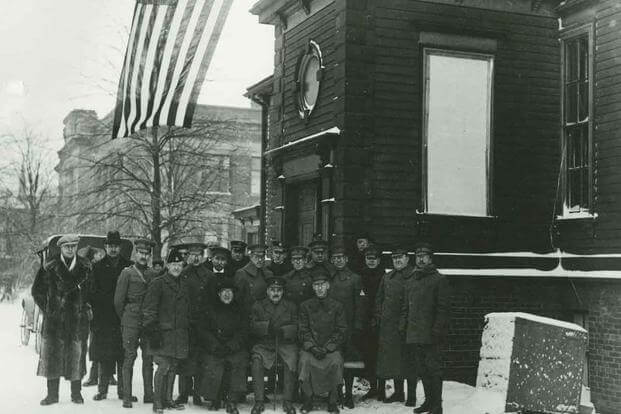
Within 12 hours, a train filled with doctors, nurses and other medical personnel as well as supplies for handling casualties was on its way. The Massachusetts National Guard mobilized and deployed to the city, building shelters, hospitals and doing whatever needed to be done.
The train that left Boston so quickly after the explosion was the first of many, and citizens of Boston would raise another $15 million to help Halifax recover. Eventually Canadians from outside the province arrived to help. Americans stayed in the city for months after the blast, helping to rebuild and get the port ready so Halifax could recover for the long run.
The people of Halifax never forgot the generosity of Massachusetts. To show their gratitude, the Canadian port city presented Boston with a magnificent Christmas tree in 1918. It was a simple but elegant token of their appreciation.
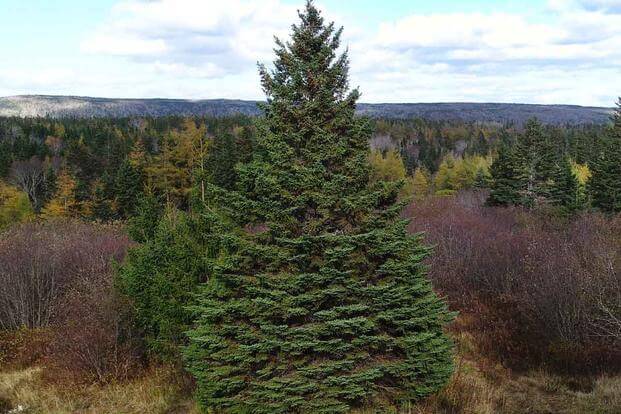
In 1971, that tradition was picked up in earnest and eventually it was taken up by the government of the province. Now, every year the city of Boston receives a Christmas tree from Nova Scotia, driven to Boston Common through Canada, Maine and New Hampshire under police escort -- and the Canadians couldn't be happier to do it.
-- Blake Stilwell can be reached at blake.stilwell@military.com. He can also be found on Twitter @blakestilwell or on Facebook.
Want to Learn More About Military Life?
Whether you're thinking of joining the military, looking for post-military careers or keeping up with military life and benefits, Military.com has you covered. Subscribe to Military.com to have military news, updates and resources delivered directly to your inbox.
